Technologies
Top Phones to Expect in 2024: iPhone 16, Galaxy S24 and More
Apple, Samsung, Google and other major phone-makers are all likely to add more AI to their phones in 2024.
It was a busy year for smartphone launches, and 2024 is expected to be just as eventful. Major phone-makers like Apple, Samsung and Google each typically launch new devices around the same time every year, introducing more sophisticated cameras, faster processors and enhanced designs.
But 2024 may be different. Tech companies are looking for new ways to infuse generative AI, or artificial intelligence that can create conversational (but not always accurate) responses to prompts based on training data, into their products. As 2023 draws to a close, we got our first glimpse at how that tech is appearing in smartphones through the Pixel 8 family and new mobile chips from Qualcomm and MediaTek.
While 2023 was the year generative AI went mainstream, 2024 will test how truly useful these AI-powered features are. With AI being the new buzzword thanks to the success of ChatGPT, every tech company is jumping at the chance to weave it into their products. Now, we’ll have to see if it lives up to the hype.
Here’s a look at the most anticipated phones from the industry’s biggest players next year, not including foldable phones and budget phones.
iPhone 16 lineup

What to expect: Apple launches new iPhones every September, and we have no reason to believe next year will be any different. All iPhone 16 models are expected to get upgraded microphones to improve Siri performance, according to well-known analyst Ming-Chi Kuo. The change would come as Apple is said to be ramping up the iPhone’s AI features, Bloomberg reports. Otherwise, the iPhone 16 family is rumored to get a new A18 chip from Apple, with the Pro models getting a version called the A18 Pro Bionic, analyst Jeff Pu reports according to MacRumors. The camera on the regular iPhone 16 Pro is also expected to get a tetraprism telephoto lens like the iPhone 15 Pro Max, Kuo also reports, meaning it would likely have a 5x telephoto zoom instead of 3x. Read our full iPhone 16 rumor roundup.
Why we’re excited about it: The iPhone 16 sounds like it will be a modest upgrade over the iPhone 15 family. But I’m interested in seeing Apple’s take on how AI can improve the smartphone experience. Siri is expected to be a big part of that, and I’m looking forward to seeing Siri evolve into more than just a quick way to set timers or check tomorrow’s weather forecast.
Samsung Galaxy S24 series
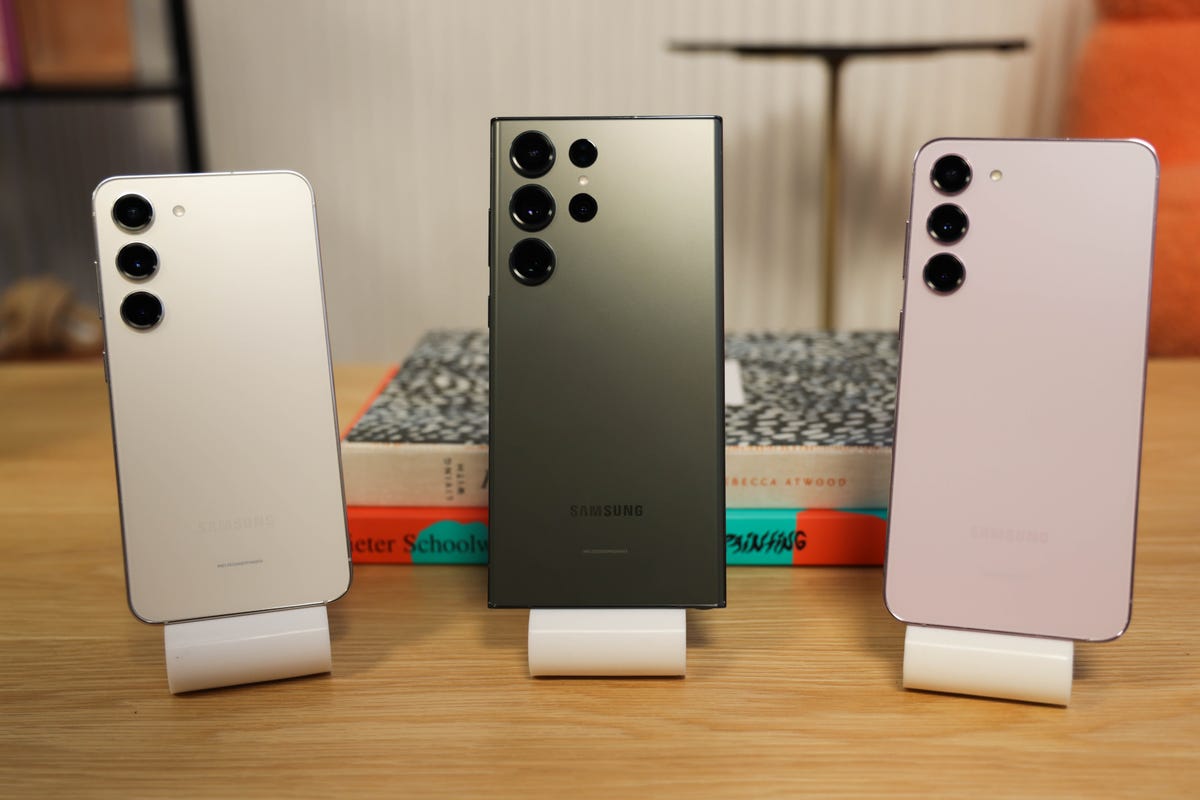
What to expect: AI will likely be a big focus for Samsung’s next flagship smartphone. The South Korean tech giant in November announced Galaxy AI, which it describes as a «mobile AI experience.» Since the Galaxy S24 series is expected to launch in January according to SBS Biz News, it seems plausible that Galaxy AI will play a big role in the new device. Otherwise, the Galaxy S24 Ultra may get a flat screen instead of a slightly curved one, according to leaks that have surfaced on X (formerly Twitter) from accounts under the aliases David Martin and SuperRoader. The phones will also likely get routine camera and processor upgrades and may run on Qualcomm’s new Snapdragon 8 Gen 3 chip, which can process AI tasks without pinging the cloud. Read our Samsung Galaxy S24 rumor roundup for more.
Why we’re excited about it: I’ve been waiting for Samsung to come up with clever new software features the way Google has for its Pixel devices. Galaxy AI could be the answer, but we won’t know for sure until Samsung announces the new phones.
Google Pixel 9 and 9 Pro
What to expect: There haven’t been many rumors about Google’s next Pixel phones yet since they typically launch in October. But based on Google’s product strategy, it’s probably safe to assume we’ll be seeing new AI-powered features similar to the ones that debuted in the Pixel 8 and 8 Pro. Earlier this month, Google introduced its new AI model Gemini, which runs on the Pixel 8 Pro to power features like conversation summaries in the Recorder app. It seems plausible that Google would build on that, adding more AI-fueled capabilities to its next Pixels. Otherwise, we can likely expect routine upgrades like a new Tensor processor and camera improvements. Ross Young, CEO of Display Supply Chain Consultants, also says the new phones will have larger screens than the Pixel 8 generation, according to a post on X.
Why we’re excited about it: Google’s Pixel phones are usually among CNET’s favorite phones of the year. The Pixel 8 generation felt like an early look at Google’s new AI-focused direction for smartphones, and I imagine Google will apply learnings and feedback from the Pixel 8 to the Pixel 9. Plus, given that the Pixel 8 Pro’s camera didn’t impress CNET reviewer Andrew Lanxon the way he had hoped, I’d like to see Google make up for that with the Pixel 9 Pro.
OnePlus 12
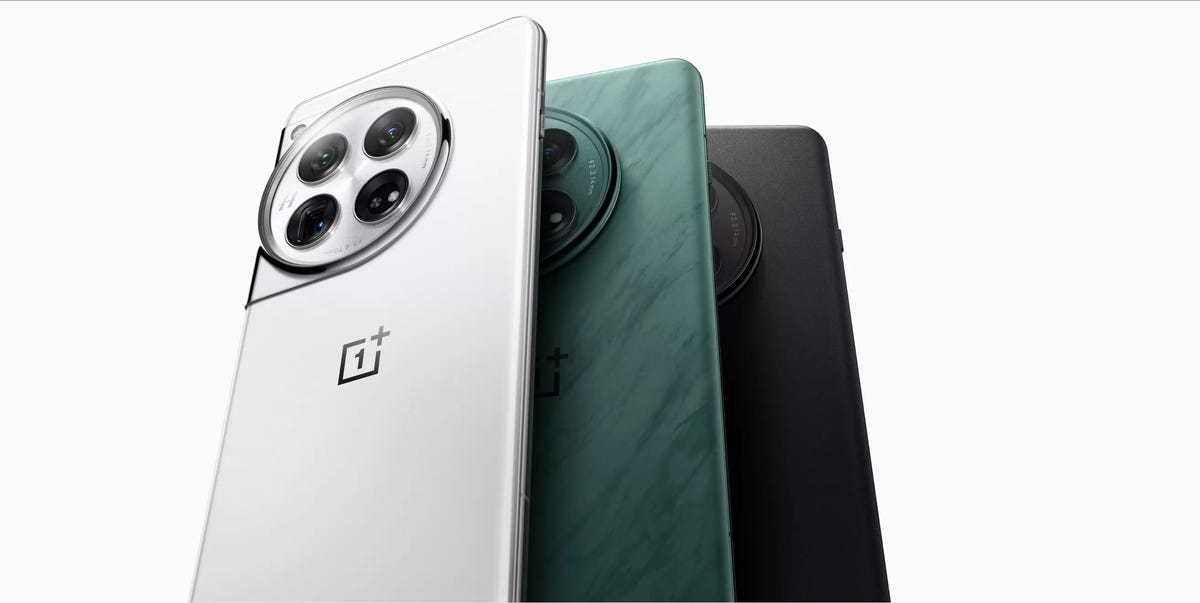
What to expect: OnePlus already introduced its new flagship phone in China, and an international release is expected in early 2024. The OnePlus 12 is a modest upgrade over the OnePlus 11 that runs on Qualcomm’s new Snapdragon 8 Gen 3 processor, has a higher resolution 64-megapixel telephoto camera like the OnePlus Open compared to the previous model’s 32-megapixel zoom camera, more storage in the base model (256GB instead of 128GB), and faster 50-watt wireless charging among other changes.
Why we’re excited about it: OnePlus built a reputation for offering some of the fastest charging speeds available in smartphones, and it sounds like that could hold true yet again for the OnePlus 12. In addition to supporting 50-watt wireless charging, there’s also 100W wired charging. Plus, it’s one of the first phones to run on Qualcomm’s new chip, which has been optimized for AI-powered tasks like generating details beyond the frame in an image to make it look like the photo was taken with an ultrawide lens. Now, I’m waiting to see how OnePlus puts that chip to use.
Oppo Find X7 series

What to expect: If Oppo maintains the same launch schedule as 2023, the Oppo Find X7 could arrive in early 2024. (The Find X6 series launched in March.) It may have 100-watt fast charging, according to tech blog The Tech Outlook, which says two Oppo devices expected to be the Find X7 and X7 Pro have been spotted on a Chinese certification database. The Find X7 family will also have a Hasselblad Hypertone camera system, which uses computational photography to cut down on distortion and image noise. It could also run on Qualcomm’s Snapdragon 8 Gen 3 chip, since an Oppo press release mentions that chip will appear in the company’s future flagship phone.
Why we’re excited about it: Oppo is known for offering phones with sleek hardware and quality cameras, and soon we’ll learn if the Find X7 upholds that reputation. However, the Find X6 only launched in China, so it’s unlikely that we’ll see an international release for the Find X7.
Xiaomi 14 series
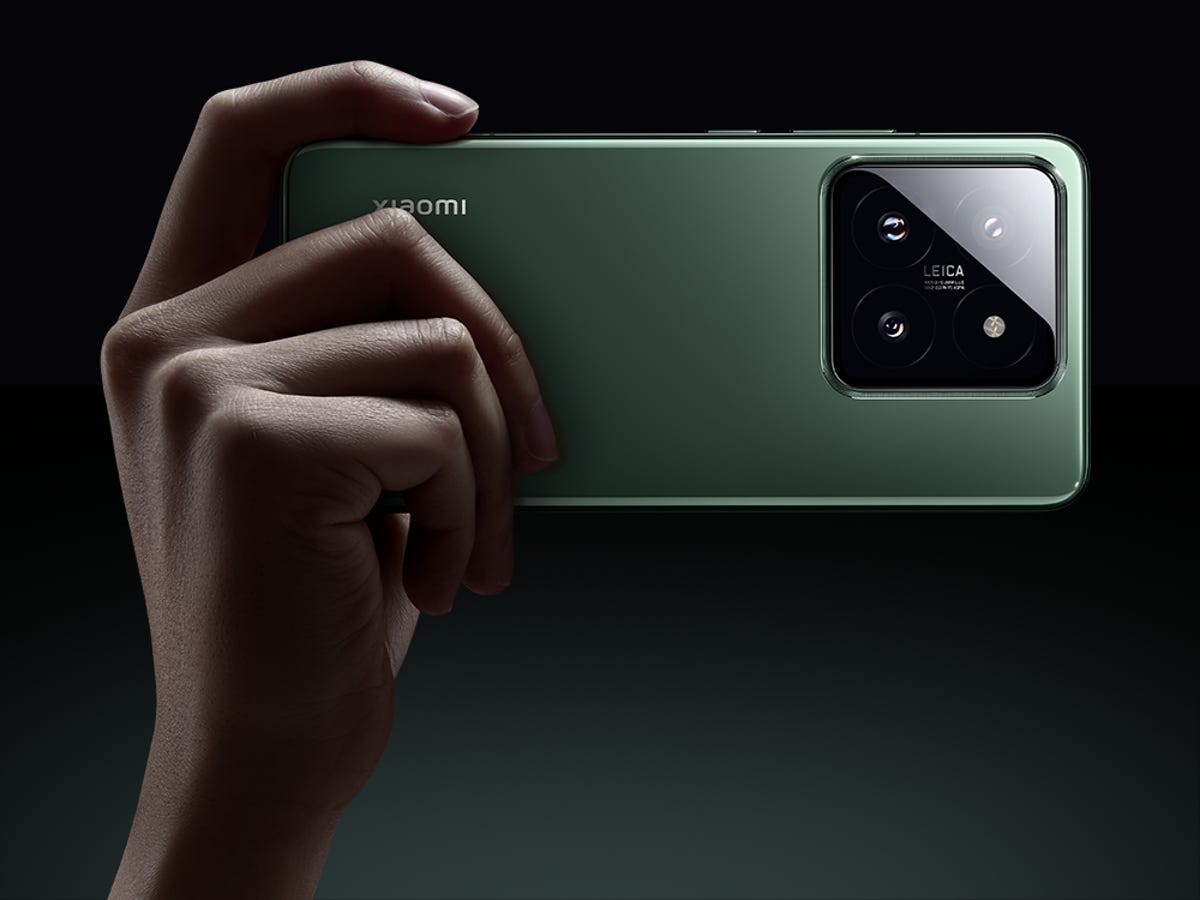
What to expect: Xiaomi introduced its new pair of flagship phones at the end of October, touting that they’re the first with Qualcomm’s Snapdragon 8 Gen 3 processor. Otherwise, the Xiaomi 14’s display can reach 3,000 nits of peak brightness, and its camera sensor can take in 180% more light than the Xiaomi 13. There’s also 90-watt fast charging on the regular Xiaomi 14 and 120 watts on the Pro. Both phones run on Xiaomi’s new HyperOS software, which is designed to power mobile devices, cars and smart home devices. Xiaomi typically launches new phones in China before bringing them to other markets, although these phones aren’t expected to arrive in the US.
Why we’re excited about it: Xiaomi’s phones are known for packing powerful performance, massive cameras and speedy charging. It’s the third-largest phone-maker behind Apple and Samsung by global shipment volume, so its new devices and technologies are bound to have an influence on the industry.
Based on the rumors, reports and announcements so far, next year’s phones should bring a balance of new AI features and updates to existing staples like charging speeds. Although AI still has to prove its purpose in phones, the idea of software features that truly bring something new and useful to phones is refreshing.
Technologies
Today’s NYT Strands Hints, Answers and Help for Nov. 28 #635
Here are hints and answers for the NYT Strands puzzle for Nov. 28, No. 635.
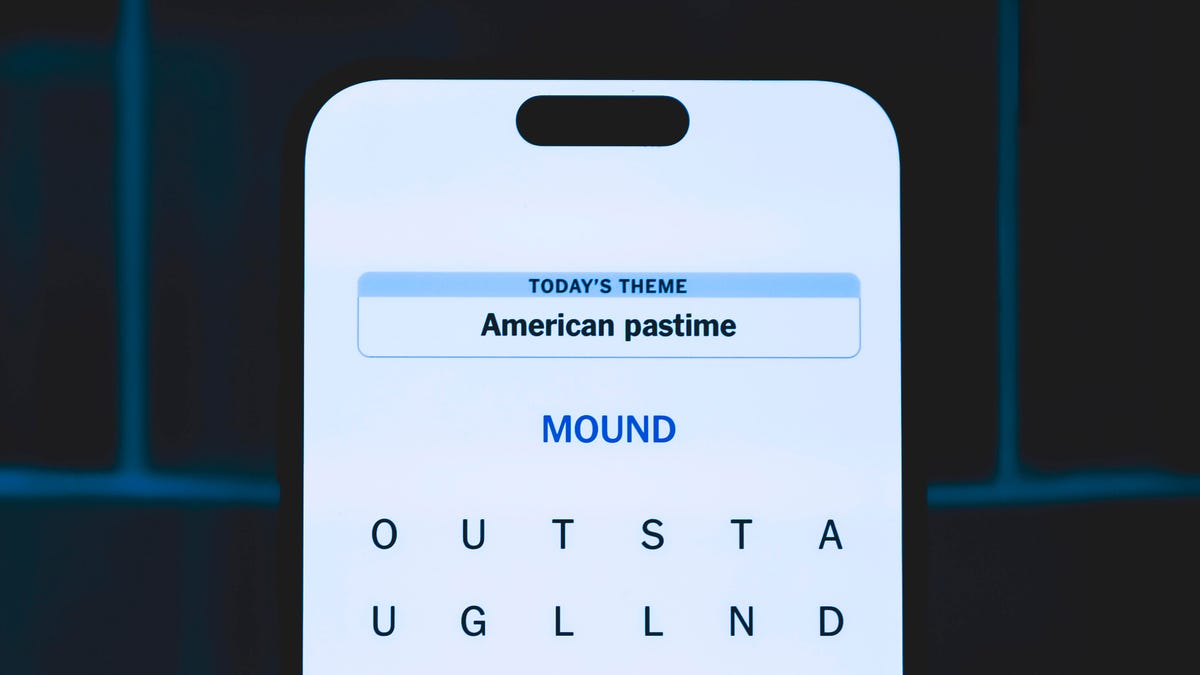
Looking for the most recent Strands answer? Click here for our daily Strands hints, as well as our daily answers and hints for The New York Times Mini Crossword, Wordle, Connections and Connections: Sports Edition puzzles.
Today’s NYT Strands puzzle is pretty tricky. If you’re not familiar with certain superstitious beliefs, you might not find all the answers. And some of the answers are difficult to unscramble, so if you need hints and answers, read on.
I go into depth about the rules for Strands in this story.
If you’re looking for today’s Wordle, Connections and Mini Crossword answers, you can visit CNET’s NYT puzzle hints page.
Read more: NYT Connections Turns 1: These Are the 5 Toughest Puzzles So Far
Hint for today’s Strands puzzle
Today’s Strands theme is: If all else fails…
If that doesn’t help you, here’s a clue: Don’t tell, it won’t come true.
Clue words to unlock in-game hints
Your goal is to find hidden words that fit the puzzle’s theme. If you’re stuck, find any words you can. Every time you find three words of four letters or more, Strands will reveal one of the theme words. These are the words I used to get those hints but any words of four or more letters that you find will work:
- GLUB, RATS, TARN, DALE, FONT, FOUNT, LASH
Answers for today’s Strands puzzle
These are the answers that tie into the theme. The goal of the puzzle is to find them all, including the spangram, a theme word that reaches from one side of the puzzle to the other. When you have all of them (I originally thought there were always eight but learned that the number can vary), every letter on the board will be used. Here are the nonspangram answers:
- DANDELION, STAR, COIN, FOUNTAIN, LADYBUG, EYELASH
Today’s Strands spangram
Today’s Strands spangram is MAKEAWISH. To find it, start with the M that’s three letters down on the far right, and wind backwards.
Technologies
Today’s NYT Connections Hints, Answers and Help for Nov. 28, #901
Here are some hints and the answers for the NYT Connections puzzle for Nov. 28, #901.
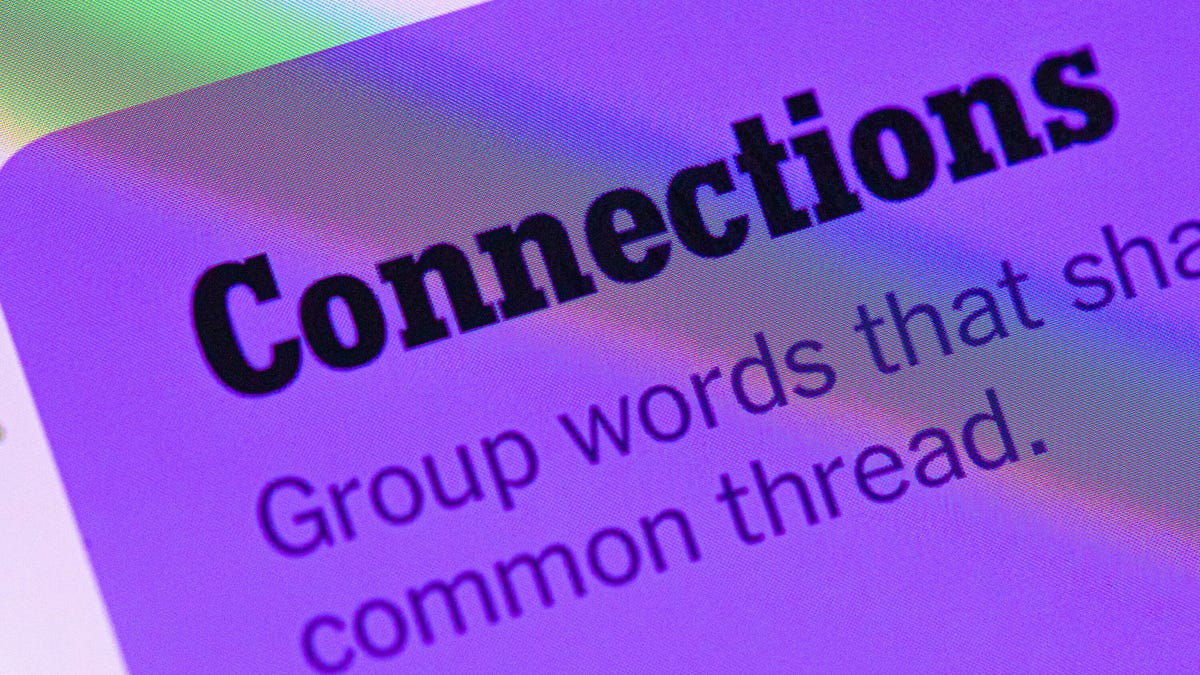
Looking for the most recent Connections answers? Click here for today’s Connections hints, as well as our daily answers and hints for The New York Times Mini Crossword, Wordle, Connections: Sports Edition and Strands puzzles.
Today’s NYT Connections puzzle is kind of tough. If you need help sorting the answers into groups, you’re in the right place. Read on for clues and today’s Connections answers.
The Times now has a Connections Bot, like the one for Wordle. Go there after you play to receive a numeric score and to have the program analyze your answers. Players who are registered with the Times Games section can now nerd out by following their progress, including the number of puzzles completed, win rate, number of times they nabbed a perfect score and their win streak.
Read more: Hints, Tips and Strategies to Help You Win at NYT Connections Every Time
Hints for today’s Connections groups
Here are four hints for the groupings in today’s Connections puzzle, ranked from the easiest yellow group to the tough (and sometimes bizarre) purple group.
Yellow group hint: Appropriate.
Green group hint: I win!
Blue group hint: Musical instrument.
Purple group hint: Time to talk.
Answers for today’s Connections groups
Yellow group: Fitting.
Green group: Achieve victory over.
Blue group: Parts of an electric guitar.
Purple group: Phonetic elements of speech.
Read more: Wordle Cheat Sheet: Here Are the Most Popular Letters Used in English Words
What are today’s Connections answers?
The yellow words in today’s Connections
The theme is fitting. The four answers are fair, just, proper and right.
The green words in today’s Connections
The theme is achieve victory over. The four answers are beat, best, take and worst.
The blue words in today’s Connections
The theme is parts of an electric guitar. The four answers are fret, peg, pickup and string.
The purple words in today’s Connections
The theme is phonetic elements of speech. The four answers are intonation, loudness, rhythm and stress.
Technologies
Anker’s New MagSafe Car Mount Keeps Your Phone Cool While Charging, and It’s 30% Off for Black Friday
Get wired-like charging speeds and MagSafe compatibility with Anker’s wireless car charging bundle for $62.99.
Black Friday is the best time of the year to upgrade the little essentials that make your everyday tech life more pleasant. I’ve found the perfect deal to amp up the phone charging setup in your car. This Anker MagSafe wireless car charging bundle is 30% off for the holidays, and it gives your iPhone a fast and steady way to power up while you navigate. It delivers up to 25-watt wireless charging speeds and with onboard active cooling, your phone stays comfortable to the touch.
Get it now for $62.99 verses the list price of $89.99.
What sets this charger apart is that its performance and cooling tech is built into a surprisingly compact package. The stand uses an ultra-strong Qi2 magnetic lock to keep your phone secure through bumps and turns. You can even tilt the mount and switch between portrait and landscape modes for navigation without blocking the view. The bundle has everything you need to get started including a 60-watt dual-USB-C charger, an adequately long USB-C cable, and cable organizers for a clean setup. Anker also includes a two-year warranty for peace of mind.
If you are getting your car prepped up for driving to a holiday vacation or just need a faster charging mount for your daily commute, this deal makes a lot of sense. CNET’s experts are also tracking more Black Friday and Cyber Monday picks across Apple products, headphones, and more, so you can score more savings before the sales season wraps up.
MOBILE DEALS OF THE WEEK
-
$749 (save $250)
-
$475 (save $175)
-
$499 (save $300)
-
$900 (save $400)
Why this deal matters
A high quality charger is a great addition to any car to speedily top up your phone on the go. You will especially want to look out for options from a top-tier brand like Anker for its fast charging speeds and reliability. This Black Friday deal is an excellent opportunity to save big on a staple car accessory. With holiday shopping heating up and tech accessories being one of the most popular categories, we expect the deal to sell out quick. So don’t wait too long before jumping on it.
Don’t miss any of our unbiased tech content and lab-based reviews. Add CNET as a preferred Google source.
Join Our Daily Deals Text Group!
Get hand-picked deals from CNET shopping experts straight to your phone.
By signing up, you confirm you are 16+ and agree to receive recurring marketing messages at the phone number provided. Consent is not a condition of purchase. Reply STOP to unsubscribe. Msg & data rates may apply. View our Privacy Policy and Terms of Use.
-

 Technologies3 года ago
Technologies3 года agoTech Companies Need to Be Held Accountable for Security, Experts Say
-

 Technologies3 года ago
Technologies3 года agoBest Handheld Game Console in 2023
-

 Technologies3 года ago
Technologies3 года agoTighten Up Your VR Game With the Best Head Straps for Quest 2
-

 Technologies4 года ago
Technologies4 года agoBlack Friday 2021: The best deals on TVs, headphones, kitchenware, and more
-

 Technologies4 года ago
Technologies4 года agoVerum, Wickr and Threema: next generation secured messengers
-

 Technologies4 года ago
Technologies4 года agoGoogle to require vaccinations as Silicon Valley rethinks return-to-office policies
-

 Technologies4 года ago
Technologies4 года agoOlivia Harlan Dekker for Verum Messenger
-

 Technologies4 года ago
Technologies4 года agoiPhone 13 event: How to watch Apple’s big announcement tomorrow
